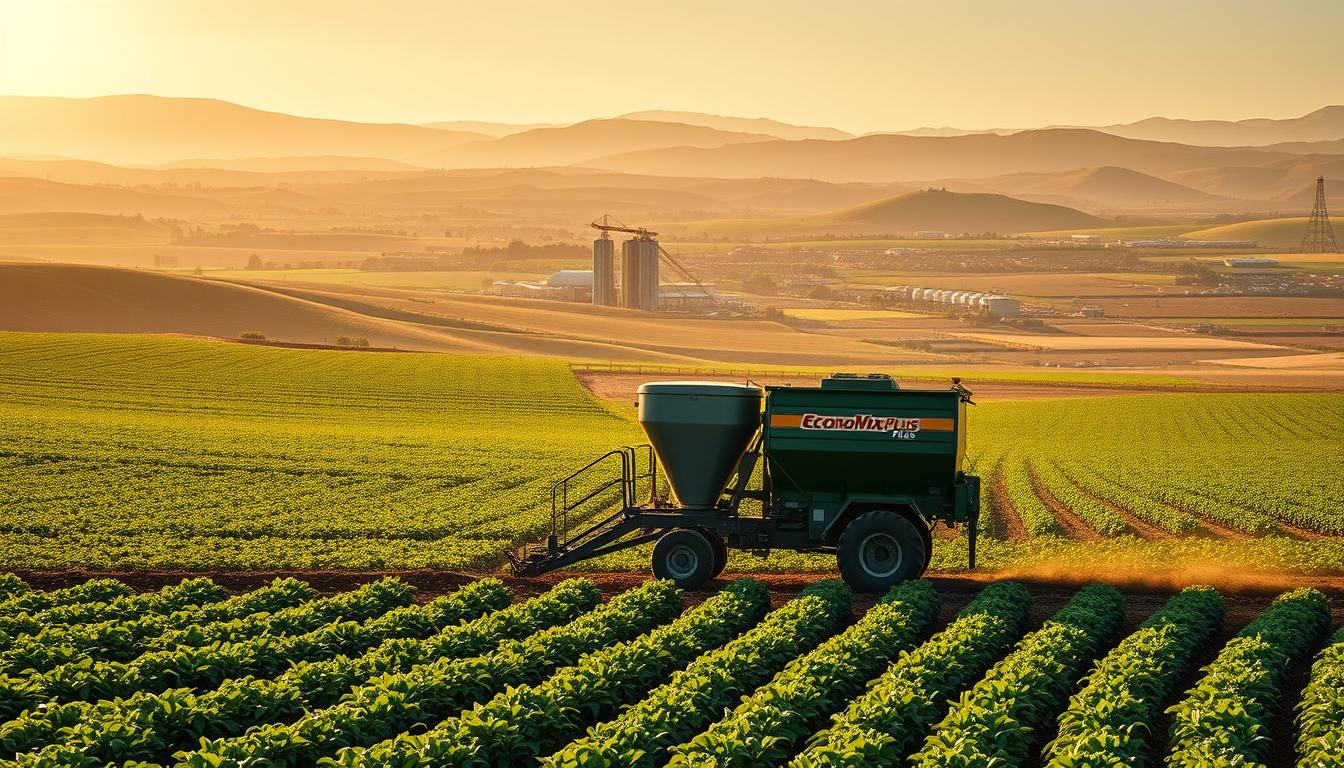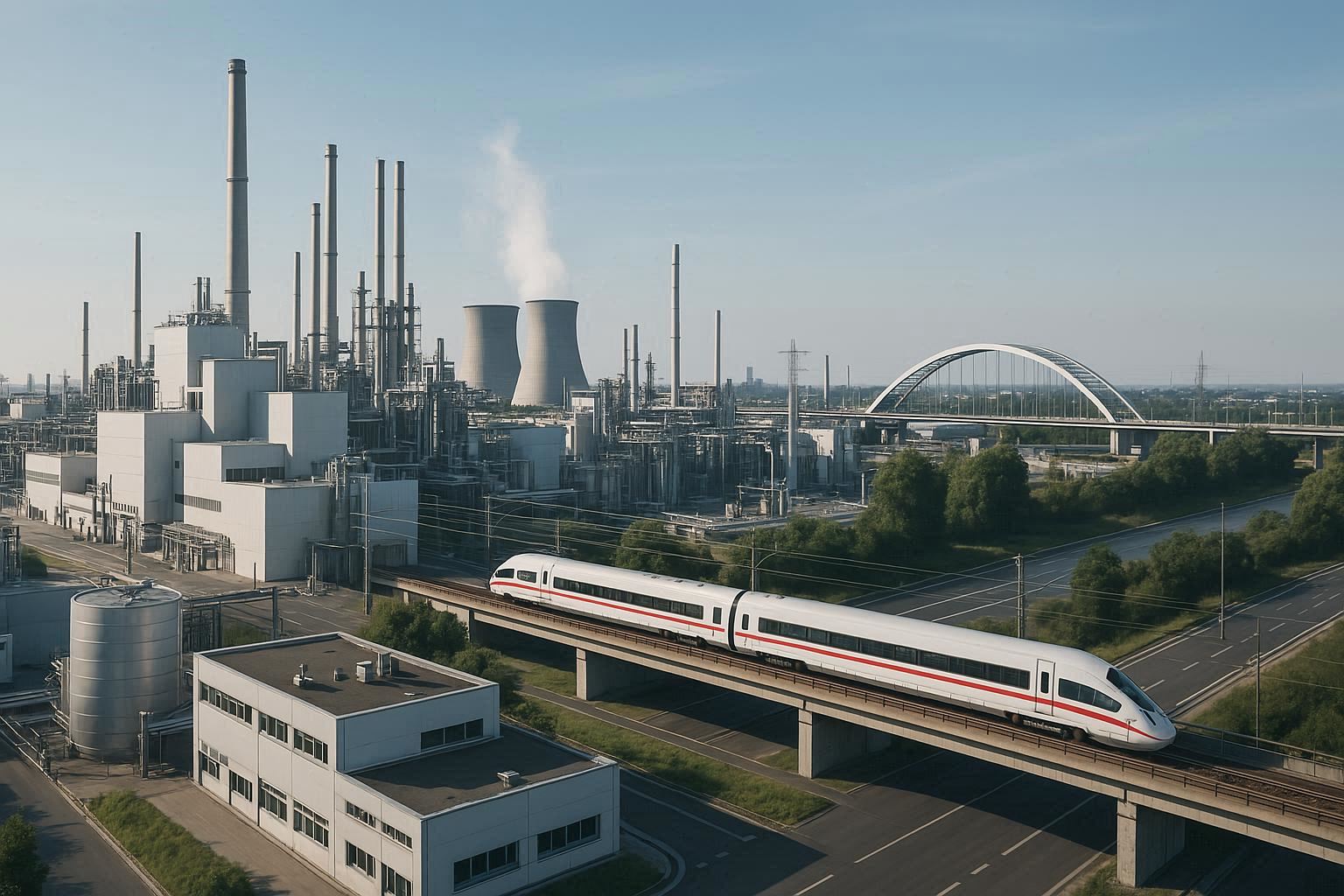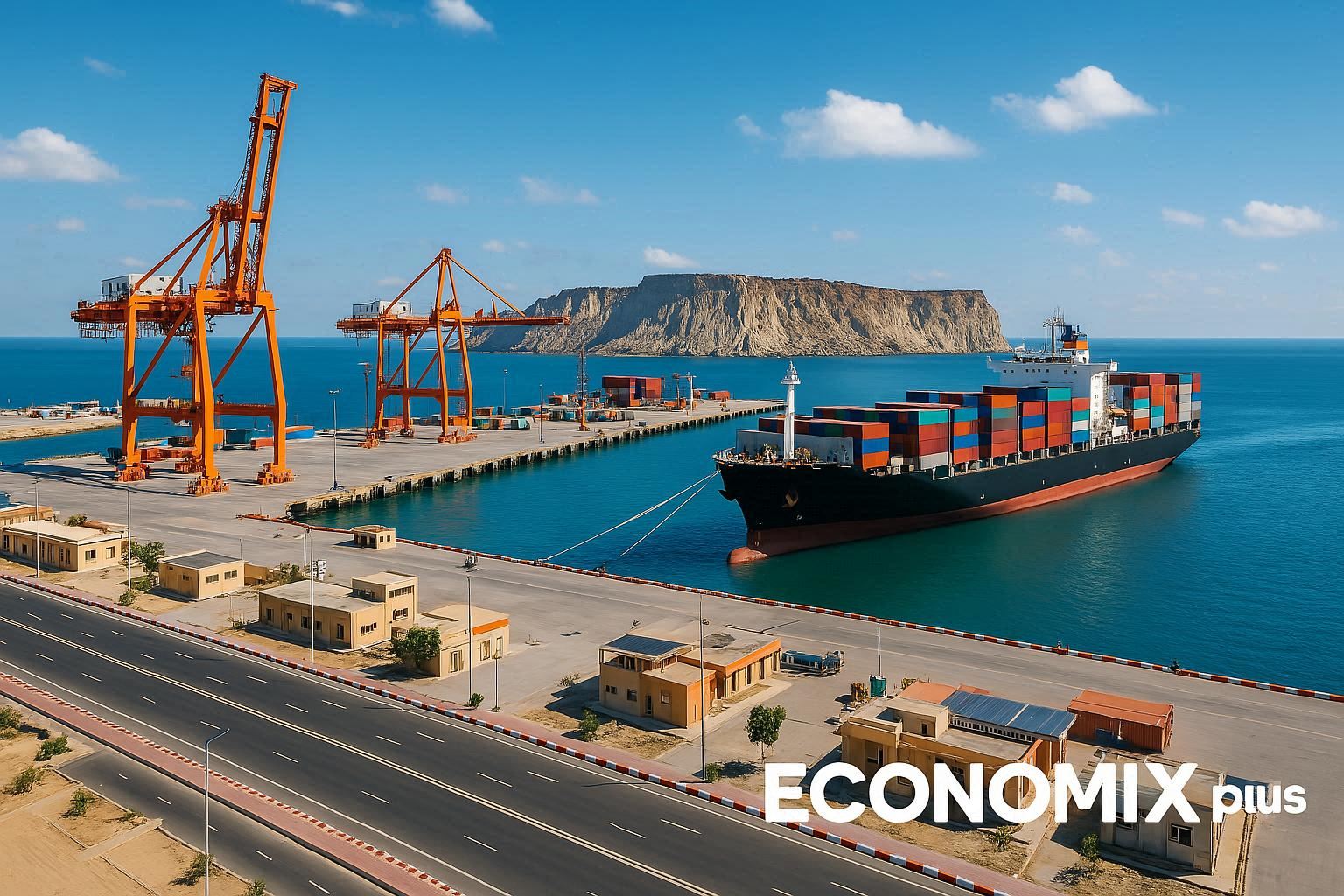The agricultural sector in Latin America is a significant contributor to the global food supply, with Brazil and Argentina being the region’s powerhouse producers.
In 2024, Brazil was the largest agricultural producer in Latin America, followed closely by Argentina. The region is responsible for 14% of the world’s food production and is expected to be heavily impacted by climate change.
The comparative analysis of agricultural production in Brazil and Argentina will provide insights into their production systems, technological adoption, and export markets, as well as the challenges they face in terms of sustainable agriculture.
Key Takeaways
- The region’s agricultural sector is crucial for global food security.
- Brazil and Argentina lead in agricultural production.
- Climate change poses significant challenges to the region.
- Sustainable practices are being adopted to mitigate environmental impacts.
- The future outlook for Latin American agriculture depends on addressing these challenges.
The Agricultural Landscape of Latin America
Latin America’s agricultural sector is a vital component of the global food supply, accounting for 14% of the world’s total production. The region’s diverse agricultural production systems, ranging from large-scale commercial operations to smallholder farming, contribute significantly to the global market.
Economic Importance of Agriculture in the Region
Agriculture serves as a critical economic pillar for many Latin American countries, contributing substantially to GDP, employment, and export revenues. The region’s agricultural industry is a significant source of employment for farmers and rural communities, supporting local economies and promoting economic growth.
- Agriculture contributes significantly to the GDP of Latin American countries.
- The industry provides employment opportunities for farmers and rural communities.
- Agricultural exports are a crucial source of revenue for many countries in the region.
Current Production Rankings and Market Share
Latin America has become a key supplier of agricultural products to global markets, particularly the United States, which relies on the region for winter fruits and vegetables. Brazil and Argentina are the leading agricultural producers in the region, with significant market share in global agricultural trade.
The region’s high-value specialty crops, such as fruits and vegetables, have gained prominence due to improvements in production efficiency, infrastructure, and transportation. This has enabled Latin American countries to increase their market share and compete effectively in the global agricultural market.
Brazil’s Agricultural Powerhouse
Brazil stands out as a global leader in agricultural production, driven by its vast resources and innovative farming practices. The country’s agricultural sector is a significant contributor to its economy, with major exports including coffee, sugar, meat, poultry, soybeans, and corn.
Key Crops and Production Systems
Brazil’s agricultural success is largely due to its efficient production systems. The country has a unique advantage in being able to harvest two grain crops per season, such as soybean-corn rotation, enhancing productivity. Additionally, the integration of crop-livestock systems further boosts agricultural output. Brazil’s tropical climate allows for year-round planting of many crops, presenting both opportunities and challenges.
- Efficient production systems enable double cropping.
- Integration of crop-livestock systems enhances productivity.
- Tropical climate allows for year-round planting.
Technological Adoption and Research Infrastructure
Brazil has made significant strides in adopting advanced agricultural technologies, including precision farming and biological inputs. More than half of Brazil’s farmland incorporates some form of biological product, significantly higher than in the United States. This technological adoption is supported by a robust research infrastructure, which drives innovation and sustainability in farming practices.
Export Markets and Trade Relationships
Brazil’s agricultural products are in high demand globally, with major export markets including the United States, Europe, and Asia. The country’s strategic trade relationships and competitive pricing have enabled it to maintain a strong position in the global market. Brazil’s ability to supply a wide range of agricultural commodities has a significant impact on the global food supply chain.
| Commodity | Export Volume | Major Markets |
|---|---|---|
| Soybeans | High | China, EU |
| Coffee | Medium | US, EU |
| Meat | High | EU, Middle East |
Argentina’s Agricultural Strengths
As the second-largest agricultural producer in Latin America, Argentina’s agricultural sector is noteworthy for its productivity and diversity. The country’s agricultural industry is driven by the production of various crops and livestock, making it a significant contributor to the global food market.
Major Agricultural Products and Production Areas
Argentina is renowned for producing high-quality crops such as soybeans, corn, wheat, and sunflower, with the fertile Pampas region serving as the country’s agricultural heartland. The Pampas is particularly suited for large-scale farming due to its temperate climate and rich soil. Other significant agricultural products include beef and other livestock, which are raised across various regions of the country.
- Soybeans: Argentina is one of the world’s largest soybean producers.
- Corn and Wheat: These crops are grown extensively in the Pampas region.
- Beef: Argentine beef is highly regarded globally for its quality.
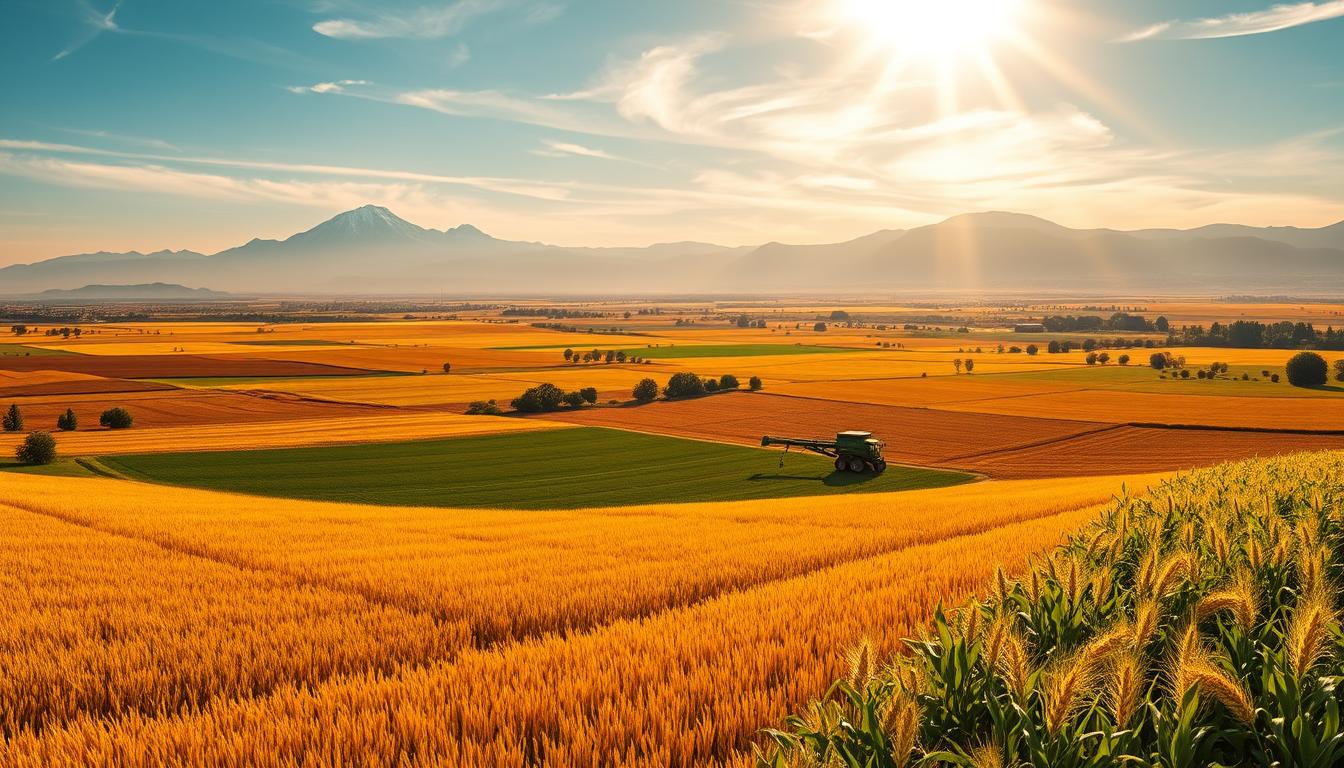
Production Efficiency and Farming Practices
Argentina has achieved significant production growth through the expansion of its agricultural frontier and the adoption of advanced farming practices. The use of conservation tillage and improved seed varieties has enhanced productivity, allowing Argentine farmers to remain competitive in the global market. However, political and economic instability have posed challenges to the sector’s growth potential.
Export Performance and Global Market Position
Argentina is a major exporter of agricultural products, with a significant portion of its produce being shipped to countries around the world, including the United States. The country’s agricultural exports play a crucial role in its economy, contributing to its position in the global food market. Despite facing challenges, Argentina remains a key player in the international agricultural trade.
Brazil and Argentina: Who Leads Agriculture in Latin America?
With both Brazil and Argentina being major agricultural powerhouses, a comparison of their production capabilities and market strategies is essential for understanding Latin America’s agricultural dominance. The two countries are not only significant producers of food and agricultural commodities but also major competitors in the global market.
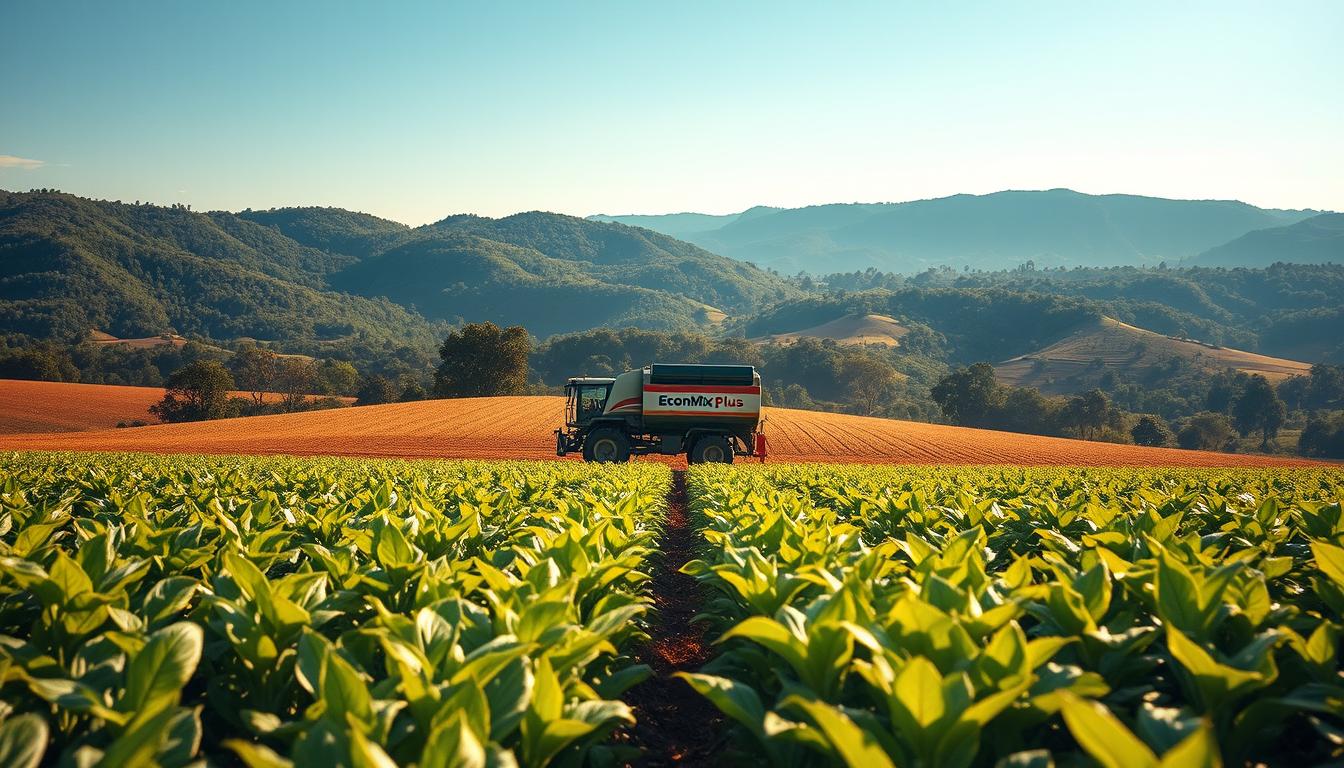
Production Volume Comparison
Brazil leads Latin America in agricultural production, with a significant advantage over Argentina. In terms of production volume, Brazil’s diverse climate and vast agricultural land enable it to produce a wide range of crops, including soybeans, corn, and sugarcane. Argentina, on the other hand, focuses on soybeans, corn, and wheat, with a strong emphasis on export-oriented production. The total agricultural output of Brazil surpasses that of Argentina, driven by its larger land area under cultivation and higher yields in certain crop categories.
Technological Innovation and Adoption Rates
The adoption of technological innovations in agriculture is a critical factor in determining the efficiency and productivity of the sector. Brazil has been at the forefront of adopting advanced farming practices, including precision agriculture and genetically modified crops. Argentina has also made significant strides in this area, with a strong focus on biotechnology and sustainable farming practices. The use of technology has enabled both countries to increase their production capacity and improve crop yields, thereby enhancing their competitiveness in the global market.
Export Value and Market Diversification
In terms of export value, both Brazil and Argentina are major players in the global agricultural markets. Brazil’s agricultural exports are diverse, with significant shipments to countries like China, the United States, and the European Union. Argentina’s exports are also substantial, with a focus on soybeans and soybean products, primarily to China. The ability of both countries to diversify their export markets and adapt to changing global demand has been crucial to their success in the agricultural sector, impacting their growth and the overall impact on the global food supply.
The comparison between Brazil and Argentina highlights the complexities of agricultural production and trade in Latin America, influencing the global food market and the world‘s agricultural landscape.
Sustainability Challenges and Solutions
The agricultural sectors in Brazil and Argentina are facing significant sustainability challenges, primarily driven by climate change. As extreme weather conditions such as higher temperatures, floods, and droughts become more frequent, they threaten food security and livelihoods across South America.
Climate Change Impacts on Regional Agriculture
According to the World Meteorological Organisation, Latin America is among the regions most challenged by climate change. Widespread droughts impact shipping routes, crop yields, and food production, exacerbating food security issues. The region’s agricultural sector is particularly vulnerable to these changes.
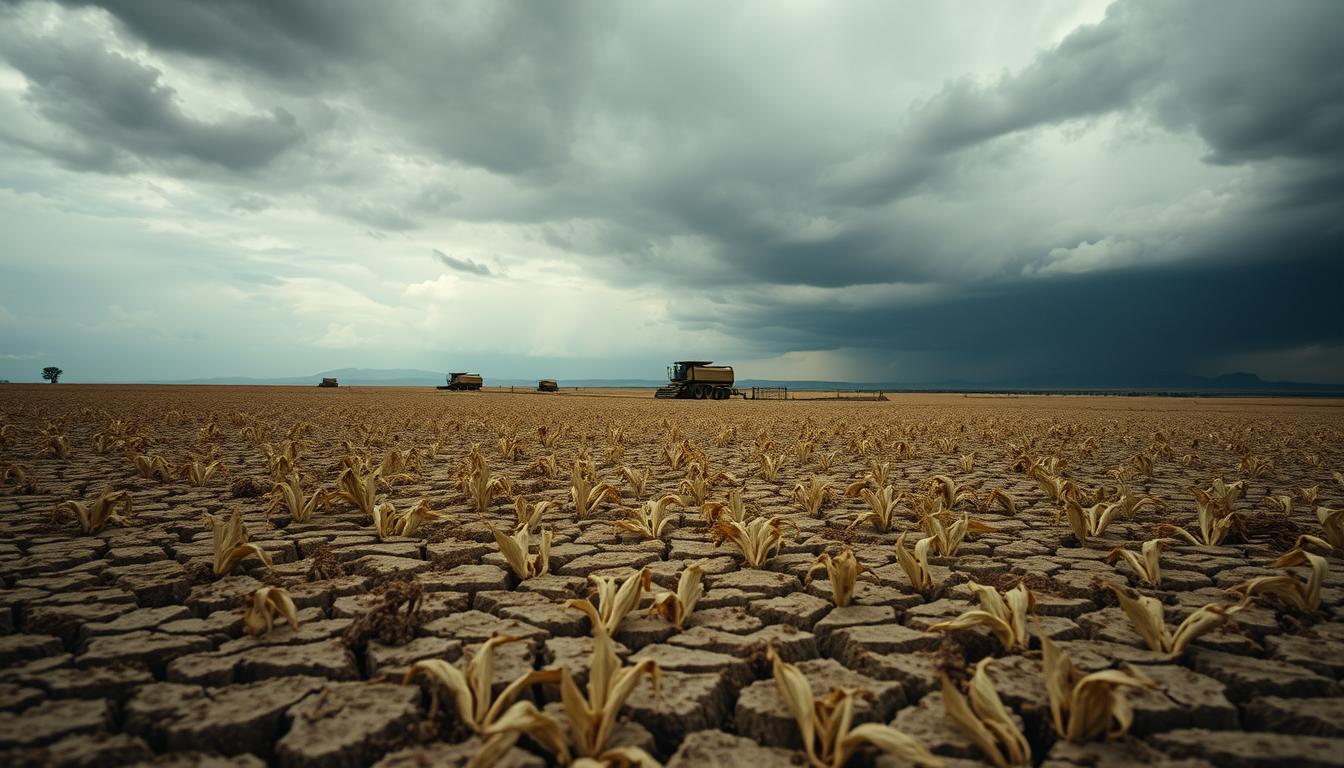
Biological Solutions and Regenerative Practices
In response to these challenges, both Brazil and Argentina are adopting biological solutions and regenerative agriculture practices. Brazil leads with 55% of its cultivated land incorporating some form of biological product, enhancing soil health and biodiversity. Regenerative practices aim to sequester carbon, regenerate soils, and promote resilient ecosystems.
- Enhancing soil health through biological products
- Promoting regenerative agriculture to sequester carbon
- Improving biodiversity and ecosystem resilience
Emissions Reduction Strategies and Policies
Agricultural practices contribute significantly to greenhouse gas emissions, with the region accounting for 7% of global emissions, of which 40% result from agriculture, forestry, and other land use. Both countries are implementing policies to reduce emissions, with a focus on sustainable farming practices and technology adoption. For more information on sustainable practices, visit AgTech Navigator.
Conclusion: Future Outlook for Latin American Agriculture
As we conclude our analysis of Brazil and Argentina’s agricultural sectors, it’s clear that both countries are poised to continue their leadership roles in Latin America’s agricultural landscape. The production of soybeans and rice is expected to increase over the next decade, solidifying their positions as major world suppliers.
To propel growth in the agricultural sector, investments in research, extension services, infrastructure, and technology are crucial. These investments will enable both countries to address emerging trade opportunities and meet the growing global demand for food, driven by shifting dietary preferences with the expanding global middle class.
The competition between Brazil and Argentina is likely to evolve, driving innovation and efficiency in farming practices. To maintain their positions as global agricultural leaders, both countries must balance productivity with sustainability goals, addressing climate challenges while ensuring continued growth in key commodities like soybeans, rice, and tropical fruits.
By doing so, Latin America will continue to experience significant growth in its agricultural sector, driven by the potential of Brazil and Argentina to lead the way in agricultural production and trade.
